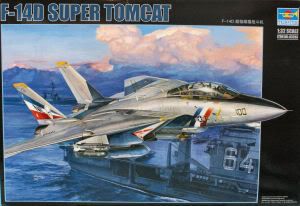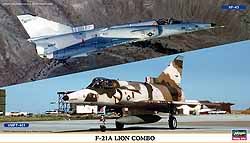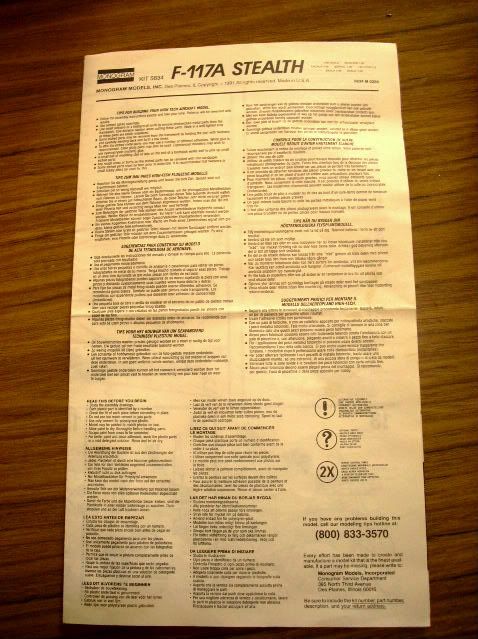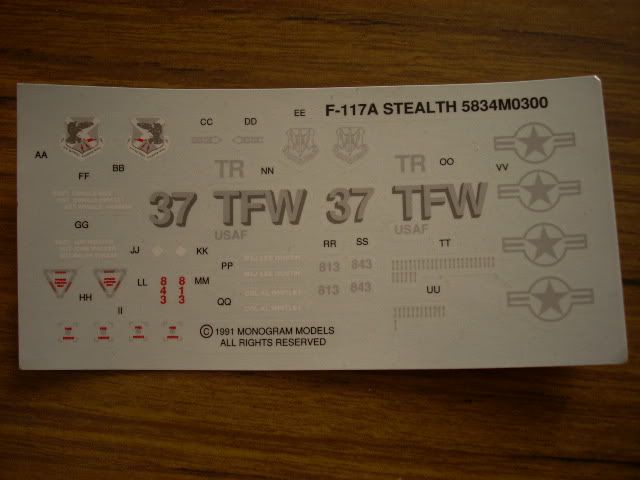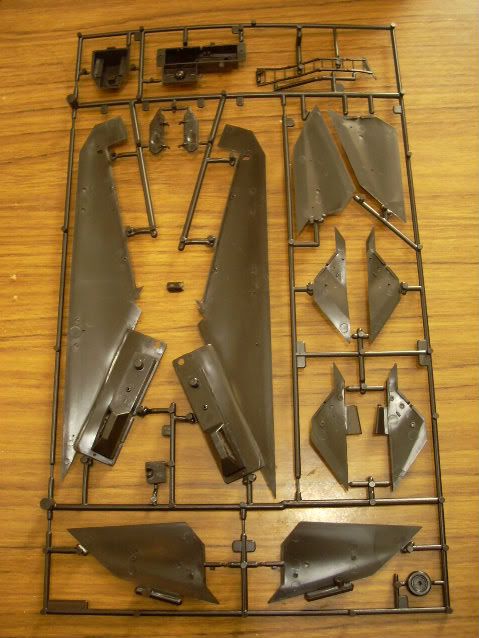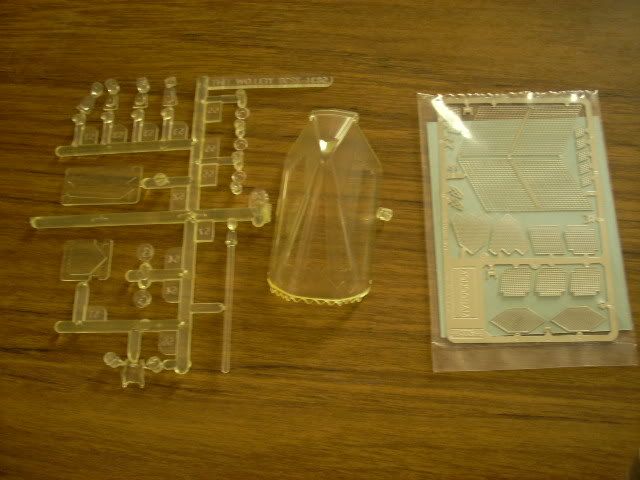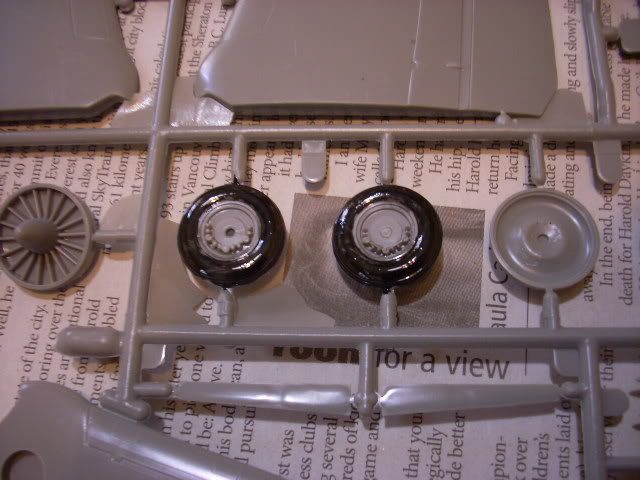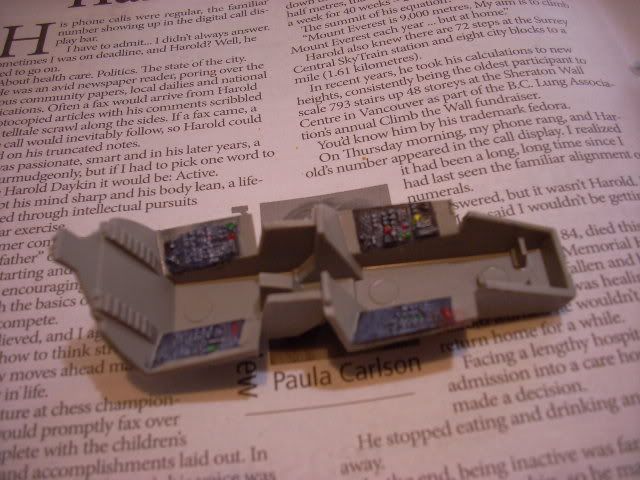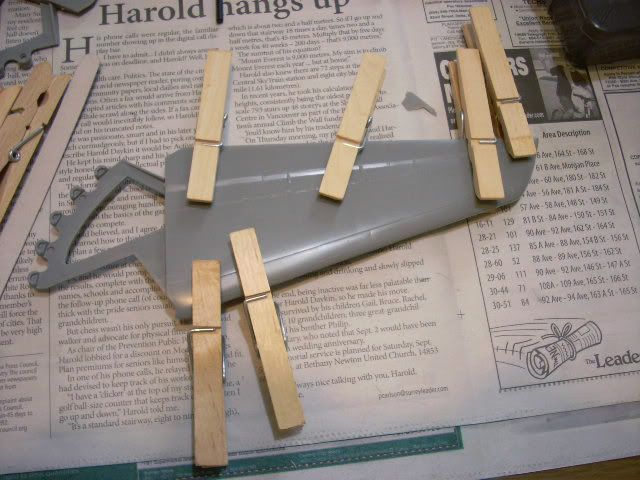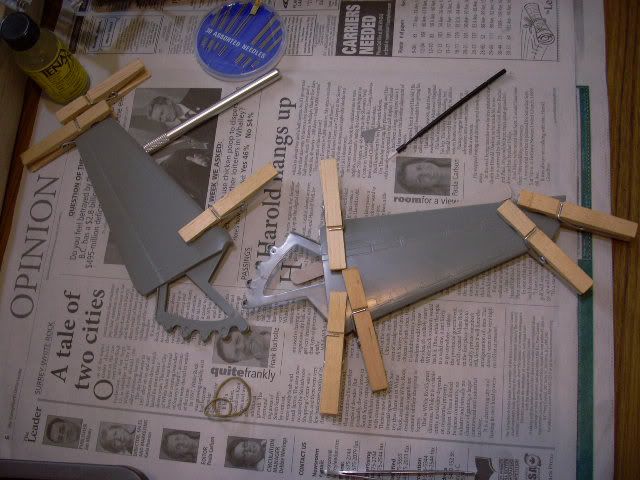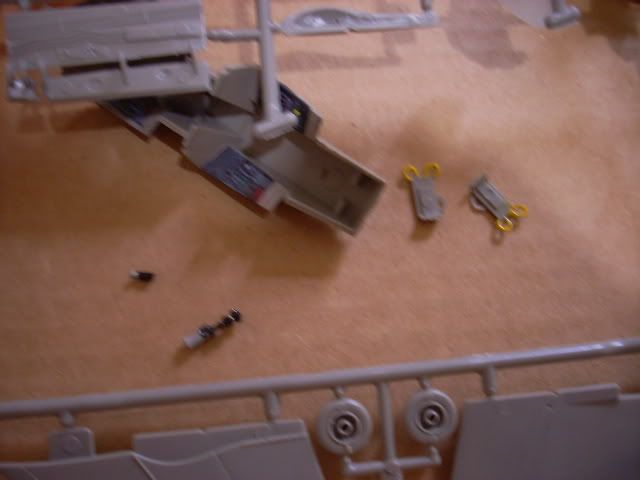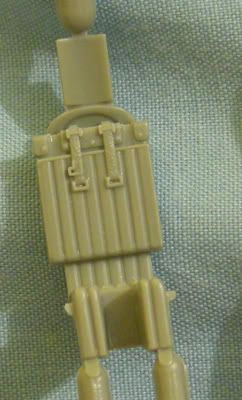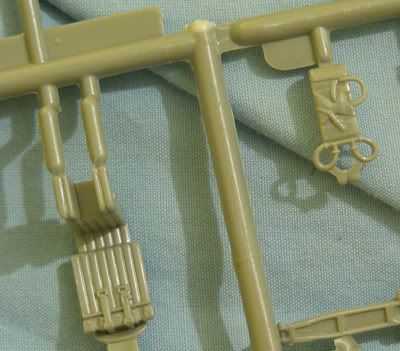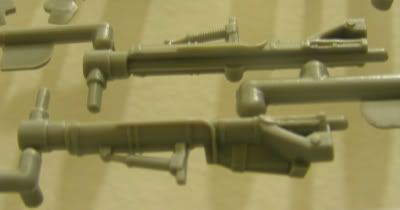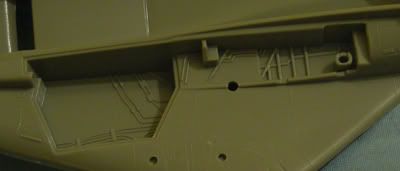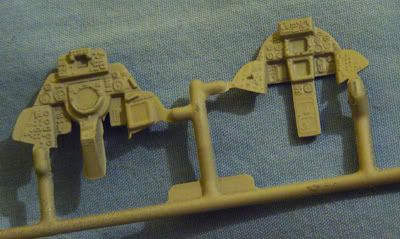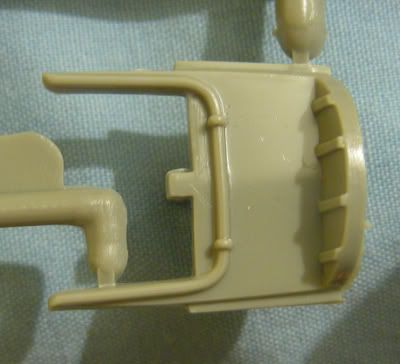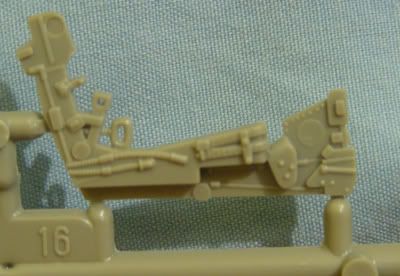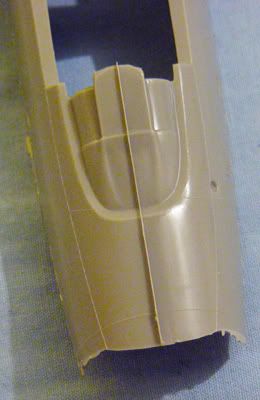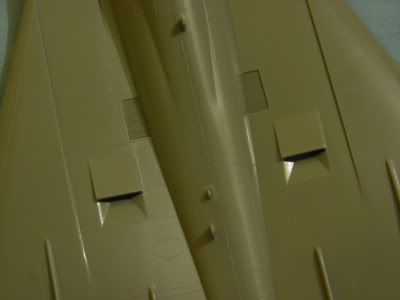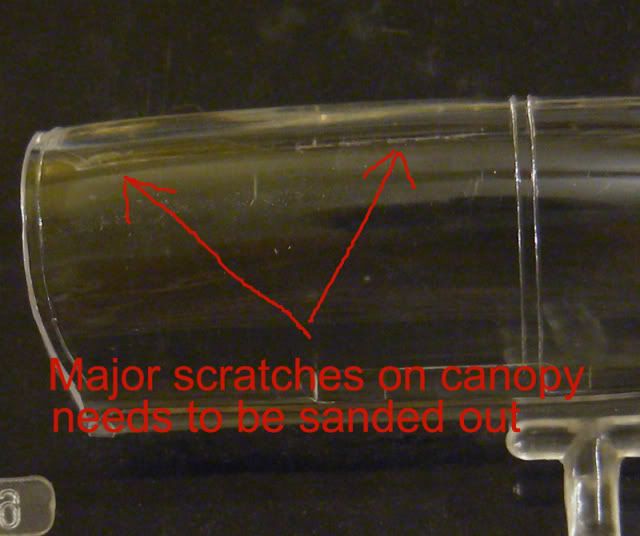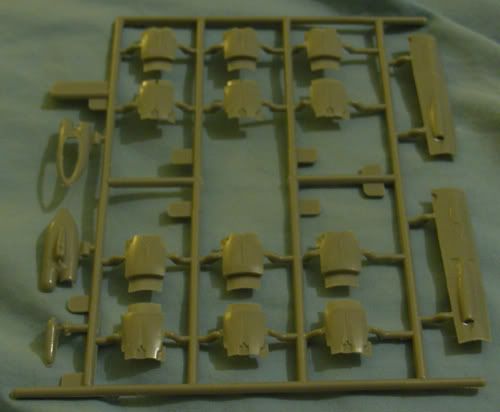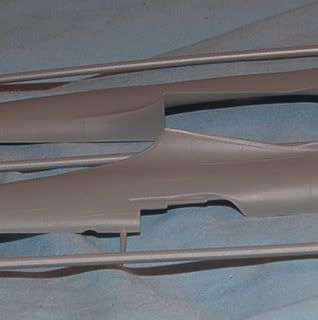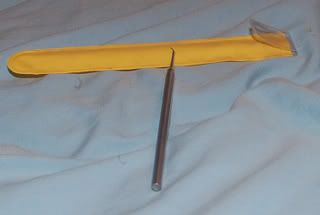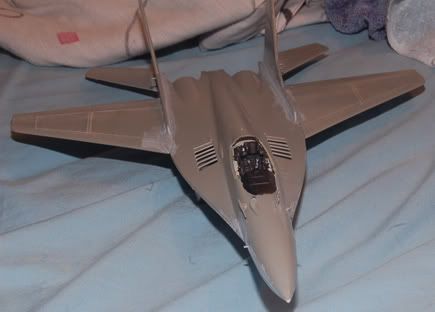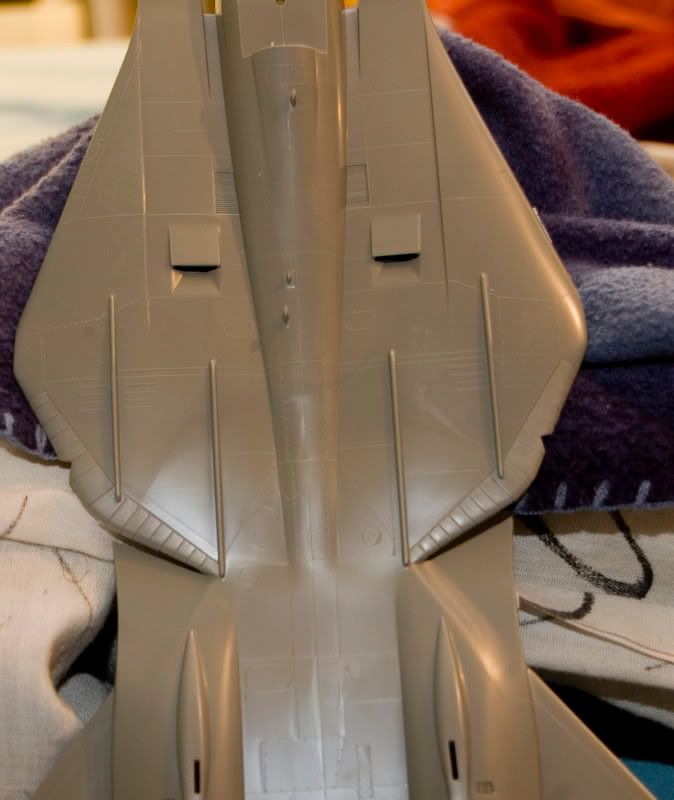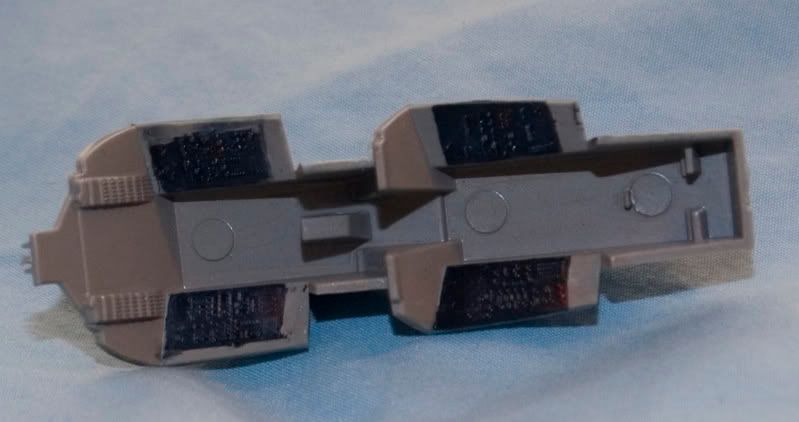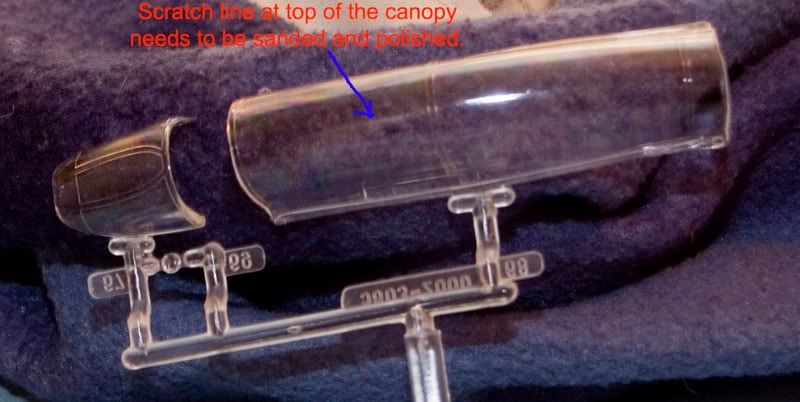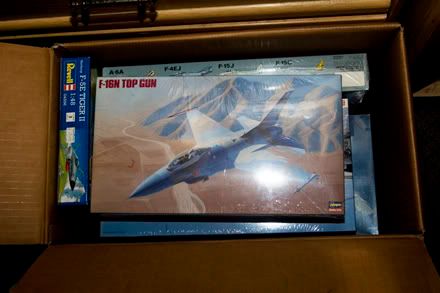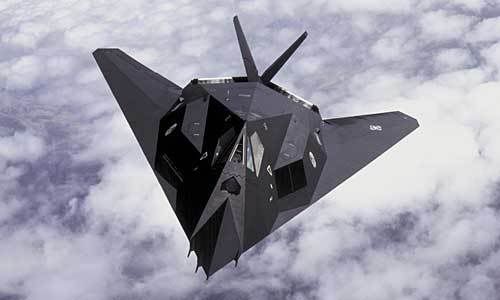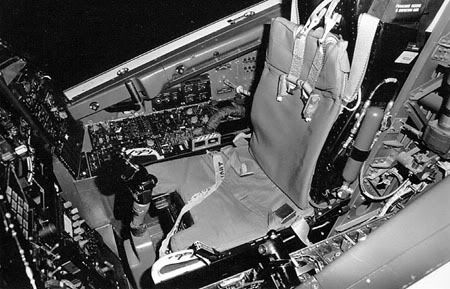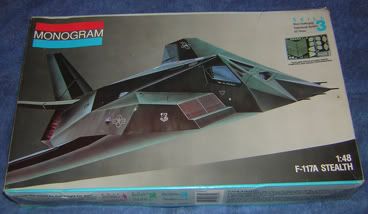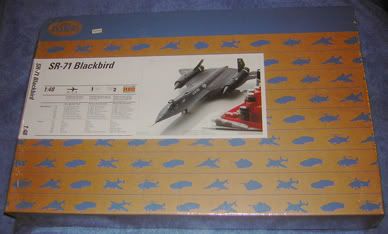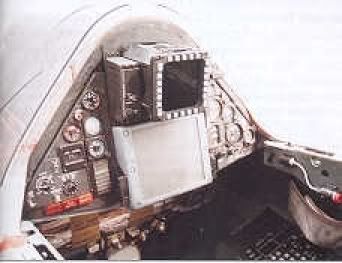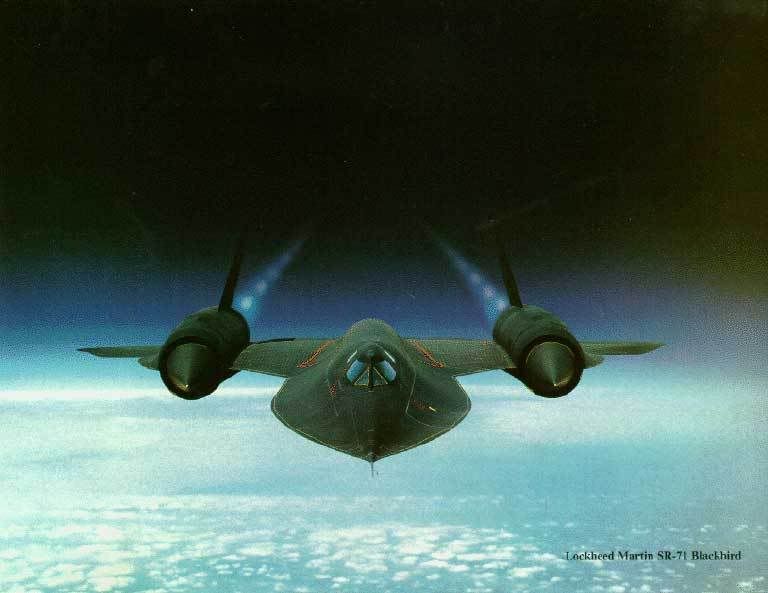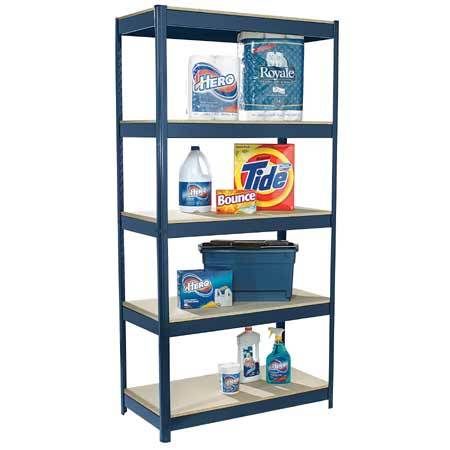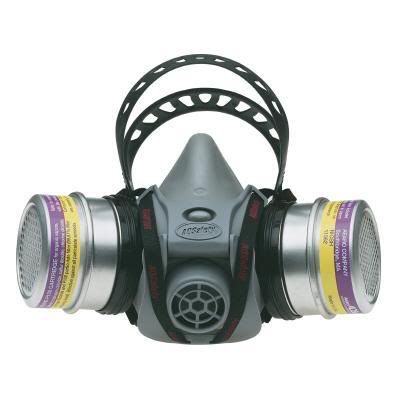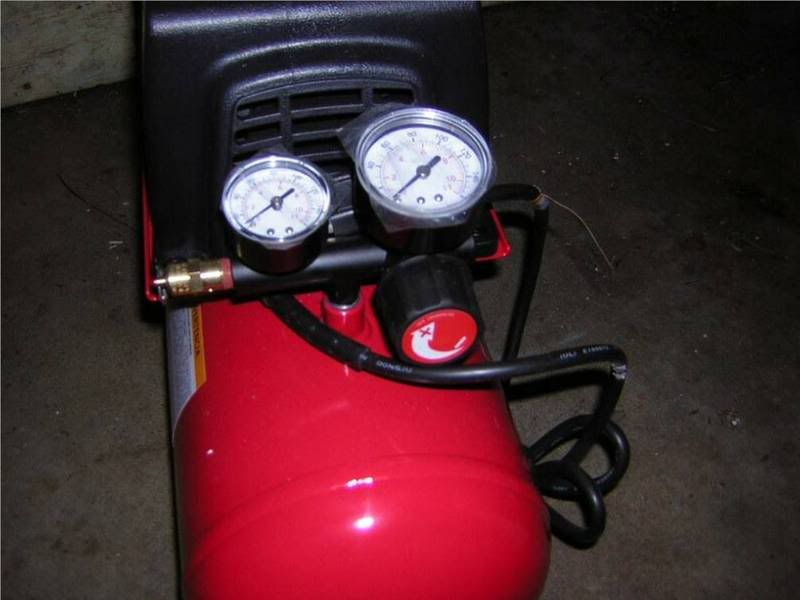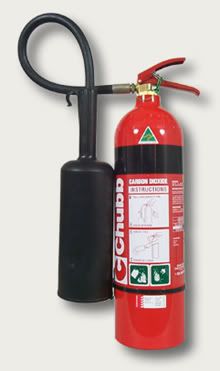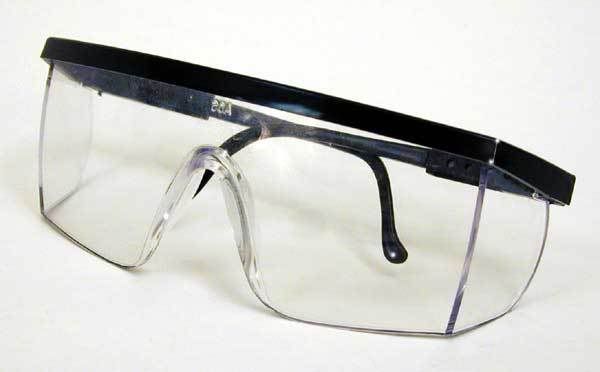Starting the modeling process: (thanks to Steve Wilder of ARC for providing the nuts and bolts of the post)
1) Find a suitable place to set up a model-bench. You need a place to work out of. It could be as simple as the kitchen table for starters or a shelf at waist height in a corner closet (nice thing about those is you can just pull the door closed on the corner closet and no one is the wiser.
2) A cutting mat or a cutting board, you can get one of those at a $ store. That way you don't put nicks and scratches into your $800.00 white-ash kitchen table which would probably cause your wife to do elaborate things to your nuts with a kitchen paring knife.
3) X-Acto knife or a surgeon's scalpel with good sharp blades. Nothing works worse or is more dangerous than a dull knife.
4) Glue, (There are various types which will be covered in another post)
5) Modeler's putty, There's various types and some work better than others but they all serve a purpose, the most important being to take care of seams.
6) Q-tips - these are great for removing excess gunk from weathering washes that you do. There's other uses that will be demonstrated as I resume building my F-14A "Sukhoi Killers" Tomcat.
7) Toothpicks
8) Fingernail polish remover
9) Clothes pins
10) Other types of clamps, because some parts are a bit too big to clamp with clothespins
11) Mr. Surfacer by Gunze, an incredible little bit liquid surfacer for model kits that you can use if you need a smooth surface. Quite obvious isn't it?
12) Glue Applicator - no more squeezing the Testors tube glue out of the tube. Apply it with a tooth pick.
13) Various grades of sandpaper - you do know that there is 4000 grit sandpaper right?
14) sanding sticks - same as above, you can find them in the beauty section under fingernail polishers or get your significant other to get 'em for you.
These are some of the basic tools that you will need to do any model-building.
Here's some pics of some of the basic tools I have that I've been using contained in this list.
A few of the brushes that I have bought.
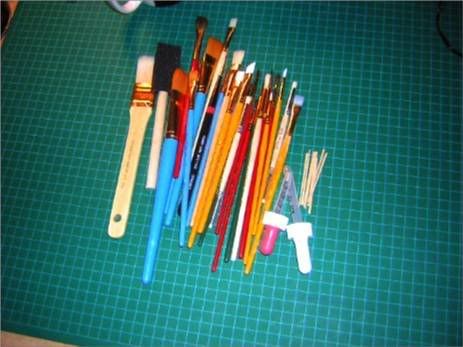
These are my X-Acto knives, scribers, files and sanding sticks
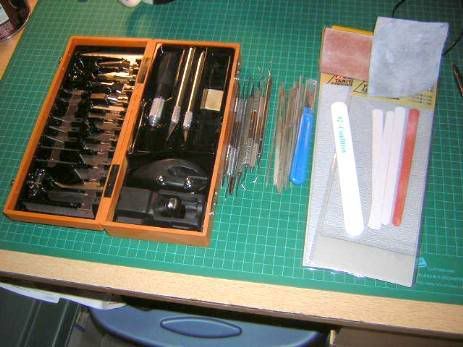
Blue-tak for camoflage patterns, Q-tips, a glue applicator, tweezers, glue, clothespins and elastic bands.
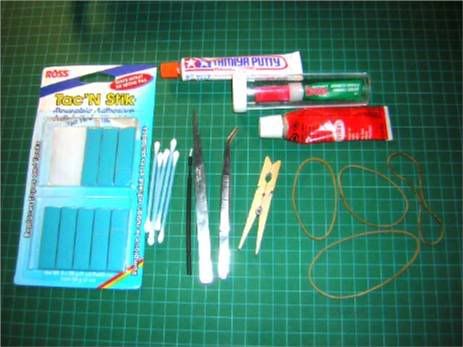
Some of the stuff I have pictured in these photos are not really basic modeling tools, but they are used in advanced modeling techniques. I'll be showing when those will be needed.



